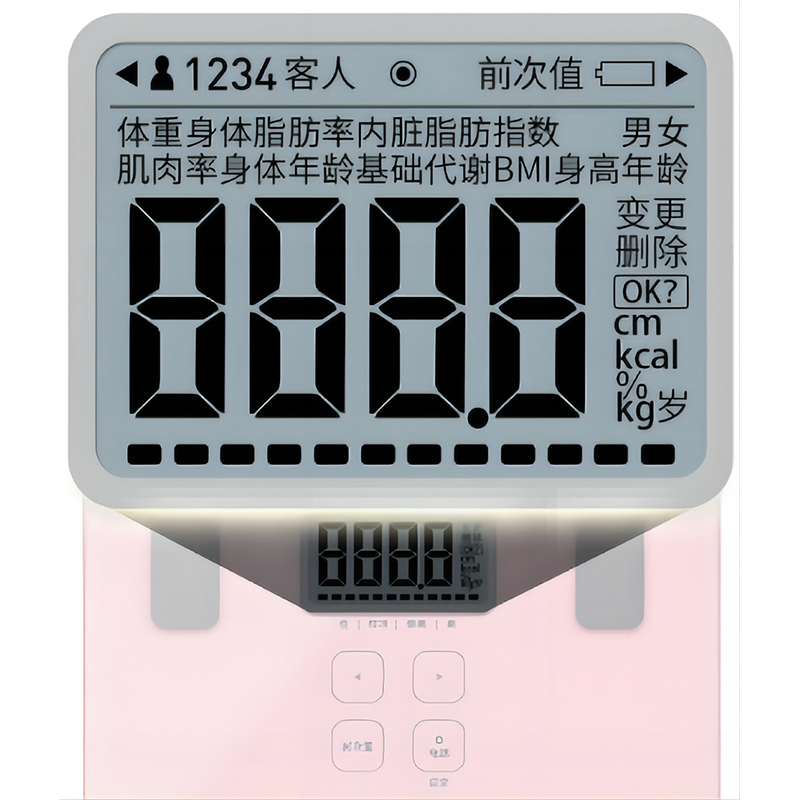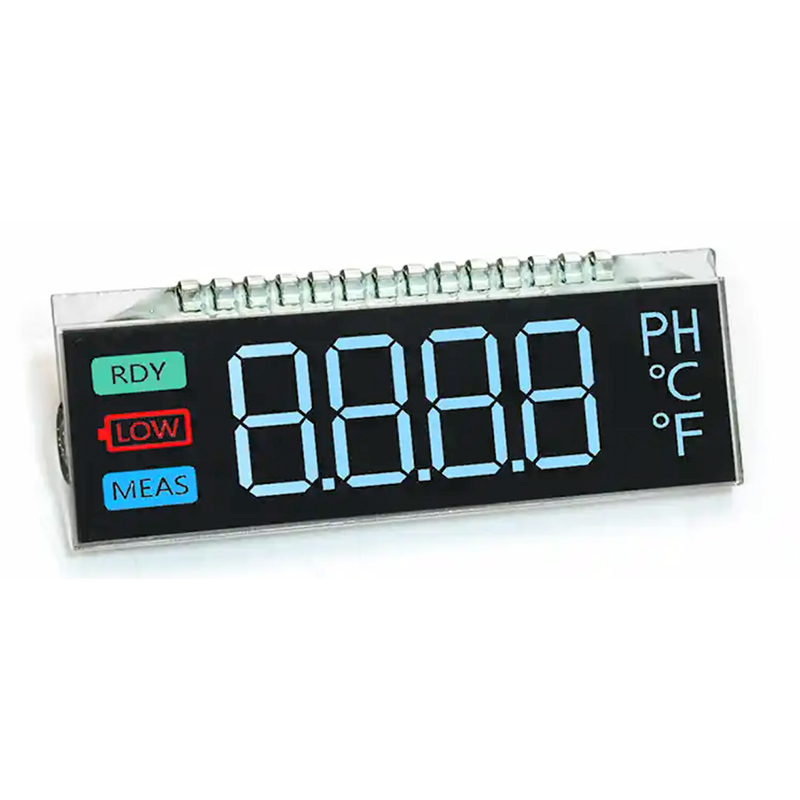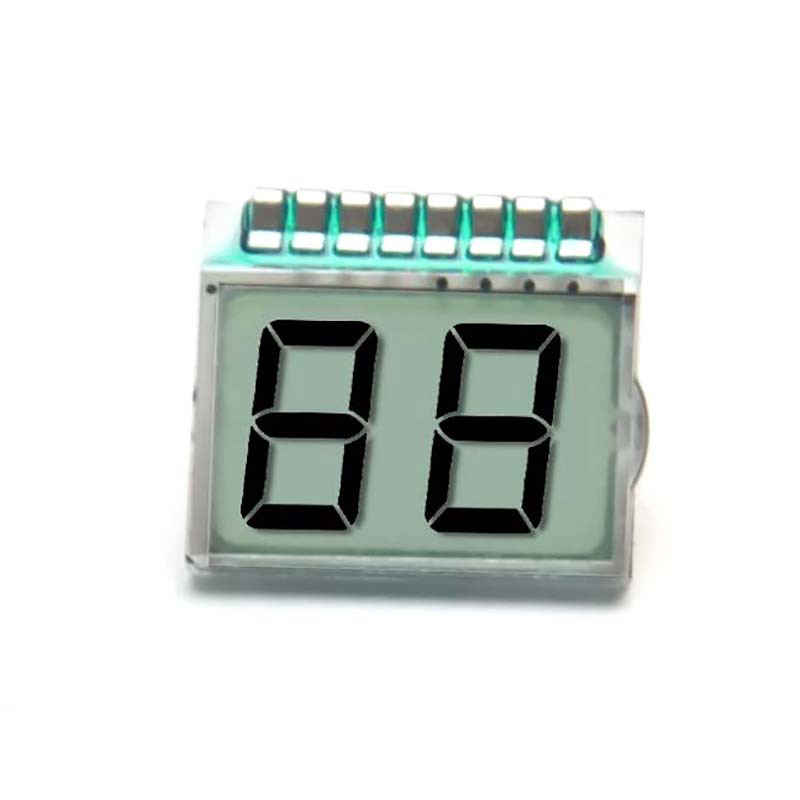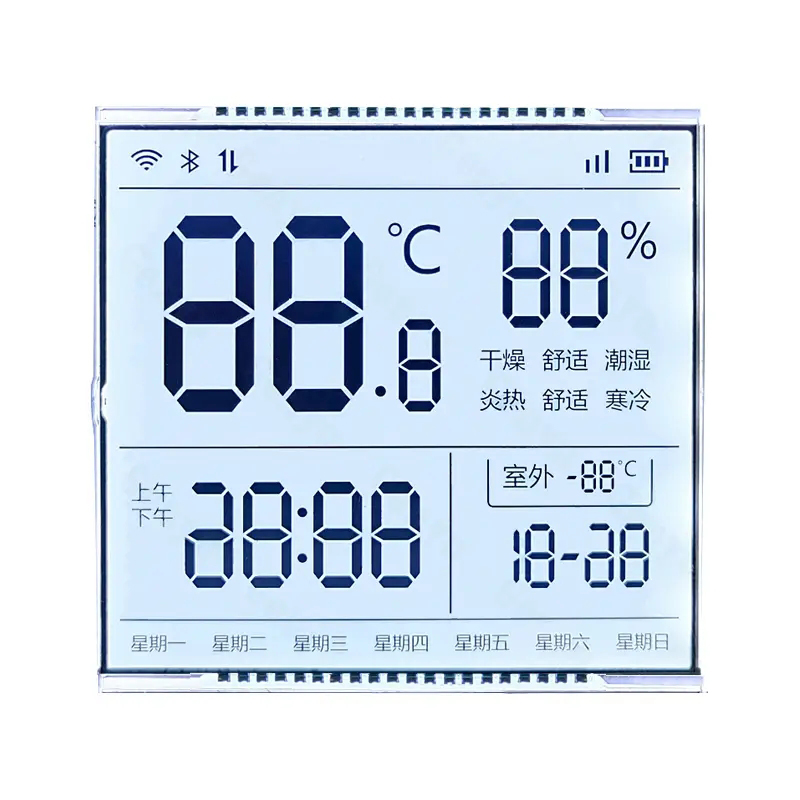8x8 Dot Matrix Displays: A Comprehensive GuideUnderstanding the intricacies of an 8 8 dot matrix display can be crucial for various applications. This guide provides a comprehensive overview of these displays, covering their functionality, applications, and key considerations for selection and implementation. We'll explore different types, common use cases, and factors to consider when choosing the right display for your project.
What is an 8x8 Dot Matrix Display?
An
8 8 dot matrix display is a visual display unit composed of an array of 64 (8 x 8) individually controllable LEDs or other light-emitting elements. These elements are arranged in a grid, allowing for the creation of characters, symbols, and simple graphics by illuminating specific points within the matrix. The resolution, while limited, makes them ideal for applications requiring simple visual feedback or limited text display. The displays are commonly used in simple electronics projects and instrumentation for providing status indicators or displaying numerical data. They are relatively inexpensive and readily available.
Types of 8x8 Dot Matrix Displays
While the core concept remains the same, there are variations in the technology used to create
8 8 dot matrix displays. Common types include:
LED 8x8 Dot Matrix Displays
These are the most prevalent type, utilizing Light Emitting Diodes for illumination. They offer a good balance of brightness, cost-effectiveness, and ease of use. LED displays are widely available and are relatively easy to interface with microcontrollers.
Other Technologies
While less common for
8 8 dot matrix displays, other technologies like LCD (Liquid Crystal Display) can also be used. LCD displays often consume less power but may require a backlight for sufficient visibility.
Applications of 8x8 Dot Matrix Displays
The versatility of
8 8 dot matrix displays makes them suitable for a wide range of applications:
Digital Clocks and Timers
Displaying time and other numerical data is a common application for these displays. Their compact size and easy readability make them perfect for smaller devices.
Simple Instrumentation
In various industrial or scientific instruments,
8 8 dot matrix displays can provide a clear and concise indication of system status, measurements, or error codes.
Hobbyist Projects
For makers and electronics enthusiasts, these displays offer an affordable and accessible way to create interactive projects and interfaces. They're often integrated with Arduino and Raspberry Pi for custom applications.
Basic Gaming Devices
Despite their limited resolution, they find use in simple games that don't require complex visuals, mainly serving as a simple score display or providing feedback.
Choosing the Right 8x8 Dot Matrix Display
Several factors need to be considered when selecting an
8 8 dot matrix display for a project:
Brightness and Viewing Angle
Ensure the display's brightness is suitable for the intended environment. A wider viewing angle allows better visibility from different perspectives.
Power Consumption
Power consumption is an important factor, especially for battery-powered applications. Consider the display's current draw and operating voltage.
Interface Type
The interface method (e.g., parallel, serial) needs to be compatible with the microcontroller or system used in your project.
Physical Dimensions and Mounting
Ensure the physical dimensions are compatible with your project constraints, and consider how you will mount the display.
Datasheet and Technical Specifications
Always refer to the manufacturer's datasheet for complete specifications and detailed information. Understanding factors like operating voltage, current consumption, and interface protocols is crucial for successful implementation. Manufacturers like
Dalian Eastern Display Co., Ltd. provide detailed datasheets and specifications for their products.
Conclusion
8 8 dot matrix displays offer a simple, cost-effective solution for displaying alphanumeric characters and basic graphics in various applications. Understanding their types, capabilities, and selection criteria allows for their successful integration into projects requiring basic visual feedback. By considering the factors outlined above, you can choose the optimal display for your specific needs.













